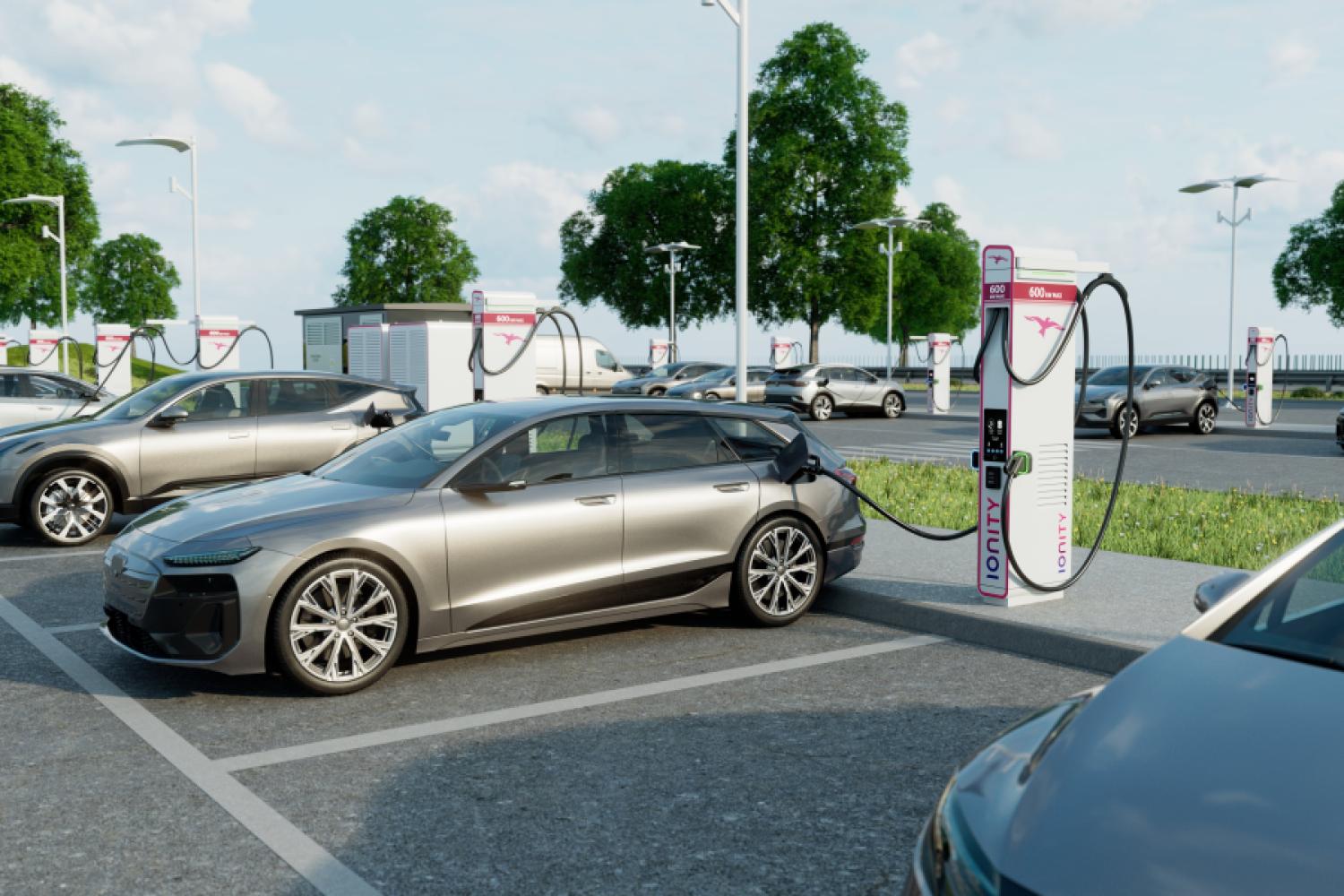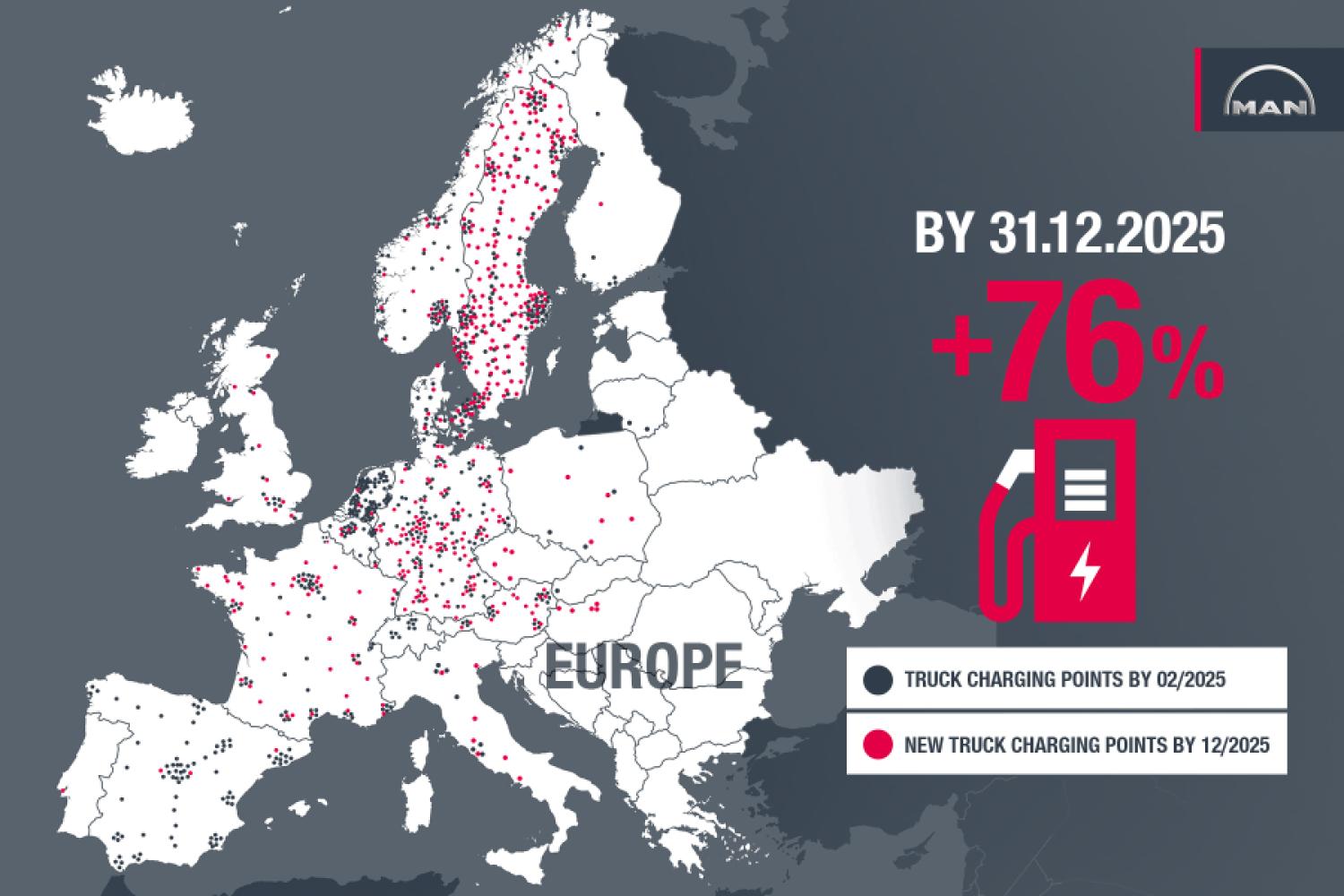Autonomous vehicles, cloud-based control systems, and intelligent warehouse management solutions are fundamentally changing logistics – but these technologies only realize their potential with a stable and powerful communication infrastructure. The project “CampusOS”, funded by the Federal Ministry for Economic Affairs and Climate Action, aimed to contribute to the research of this infrastructure and has recently concluded. The intralogistics specialist Still from Hamburg was significantly involved as a central industry partner and presented specific results for industrial practice at the project's conclusion, according to a press release from April 15.
5G instead of WLAN: new standards for intralogistics
The project focused on the use of open, modular 5G campus networks in industry. Unlike manufacturer-bound total solutions from large providers, open campus networks consist of hardware and software components from various manufacturers that can be flexibly combined. This so-called disaggregated architecture allows for individual adaptation to industrial requirements and at the same time promises lower costs, higher failure reliability, and less dependency on individual providers.
“The main differences are the guaranteed bandwidths and the reliability of 5G,” explains Ansgar Bergmann, the project manager responsible for CampusOS at Still.
Still has been testing a 5G standalone campus network (5G-SA) at its own location since 2022. In this setup, applications such as low-latency control of driverless transport systems (DTS) and the transmission of high-resolution real-time video data in warehouse environments were examined. According to the intralogistics provider, the results showed that 5G offers significant advantages over WLAN – such as lower susceptibility to interference and more stable transmission quality, especially in outdoor areas.
“Private 5G uses a frequency spectrum licensed specifically for the user, which is not publicly accessible. By using network slicing or TSN approaches (Time-Sensitive Networking), bandwidth is guaranteed for relevant infrastructures, enabling stable networking of numerous devices – from autonomous transport vehicles to handheld scanners and AI-supported camera systems,” said Bergmann.
According to Still, the open 5G networks developed as part of CampusOS are directly industrializable. They not only offer short-term benefits for practical applications but also lay the foundation for future mobile generations such as 6G or the use of new frequency bands like 26 GHz.
Efficient Networking as the Key to Automation
The increasing proliferation of Industry 4.0 applications, learning machines, and automated fleets requires seamless communication. Projects like the ARIBIC project, which concluded in 2024 and dealt with real-time 3D mapping, and open interface standards like VDA 5050, continue to drive networking forward according to Still. However, uniform standards are often lacking, leading to isolated solutions and compatibility issues—a barrier to the consistent use of mixed fleets from different manufacturers.
This is where VDA 5050 comes into play, a cross-manufacturer specification for harmonizing communication between automated vehicles and control systems. Still is also actively involved in this area to advance interoperability in intralogistics.
At LogiMAT 2025, the topic of interoperability already received special attention: In the "Interoperability Hub," companies like Wiferion, Continental Mobile Robots, Synaos, as well as partners like Omron, AWS, and PohlCon, demonstrate how mixed robot fleets can be reliably controlled.






